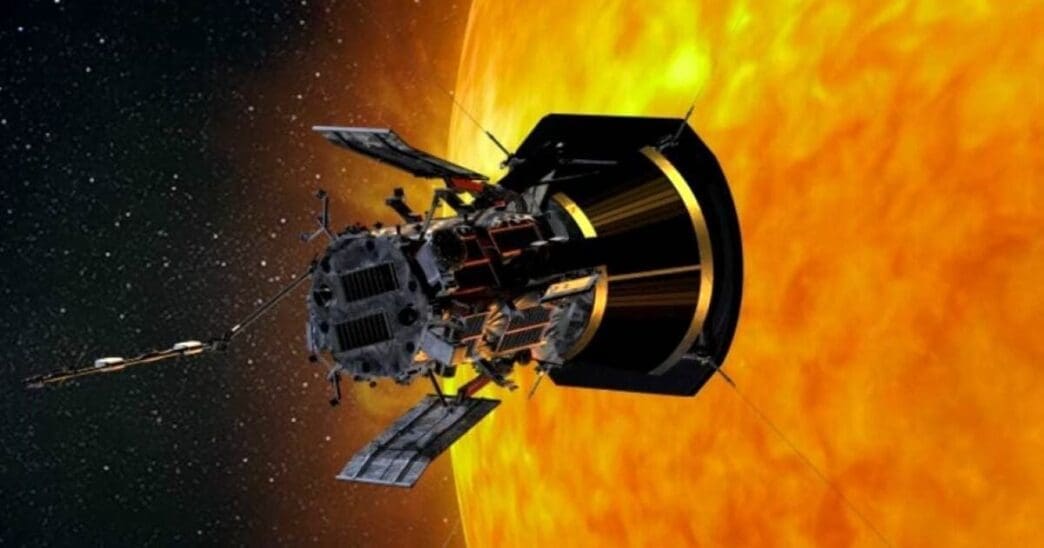The Parker Solar Probe, an innovative spacecraft, has made history by achieving the closest approach to the sun, coming within 3.8 million miles of its surface during a recent flyby.
On Tuesday, the Parker Solar Probe executed a record-breaking flyby of the sun, confirmed shortly after midnight on Thursday when the mission operations team at Johns Hopkins Applied Physics Laboratory received a signal from the spacecraft. This unmanned probe, traveling at a remarkable 430,000 miles per hour, now holds the title as the fastest human-made object in history, capable of reaching Tokyo from Washington, DC in under a minute.
Launched on August 12, 2018, the Parker Solar Probe was named after Dr. Eugene Parker, a pioneering astrophysicist in heliophysics. Although Dr. Parker passed away in March 2022, his groundbreaking work continues to impact solar research. The mission has been instrumental in addressing longstanding questions about solar phenomena, such as the generation of solar wind and the intense heat of the sun’s corona compared to its surface.
Previously, in December 2021, the probe became the first spacecraft to penetrate the sun’s corona, providing invaluable insights into solar magnetic fields and particle composition. The data gathered over the past six years has been pivotal in enhancing our understanding of solar dynamics and coronal mass ejections—massive bursts of plasma and magnetic fields that can disrupt Earth’s satellites and communication systems.
As the Parker Solar Probe embarks on its final flybys, including the most recent on Christmas Eve, it continues to operate autonomously due to the inability to maintain communication at such proximity to the sun. Equipped with a carbon foam shield, the probe is designed to withstand extreme solar conditions, maintaining its internal systems at a stable temperature even as external conditions peak at 1,800 degrees Fahrenheit.
The mission coincides with the solar maximum, the peak of the sun’s 11-year cycle, characterized by increased solar activity including sunspots and auroras caused by coronal mass ejections. Dr. C. Alex Young from NASA’s Goddard Space Flight Center highlighted the significance of observing these solar cycles in real-time. This phase offers a unique opportunity to gather comprehensive data on solar behavior and its impacts on Earth.
The Parker Solar Probe’s journey is expected to yield answers to longstanding mysteries while potentially uncovering new questions about our closest star. Project scientist Nour Rawafi expressed hope that the probe’s upcoming missions will capture significant solar events, which could be crucial for understanding and predicting solar storms.
The Parker Solar Probe’s mission signifies a leap forward in solar exploration, with its unprecedented access to the sun offering scientists valuable data that may transform our understanding of the solar system. As it continues its ambitious mission, the insights gained promise to enhance our ability to forecast solar weather and understand stellar phenomena across the universe.
Source: Abcactionnews








